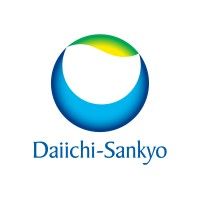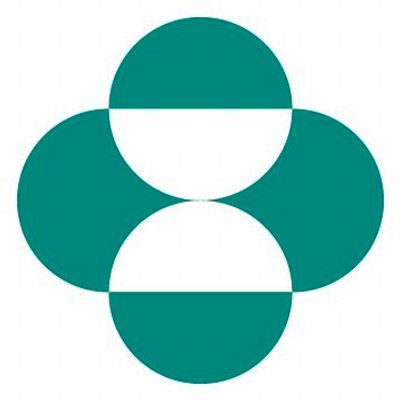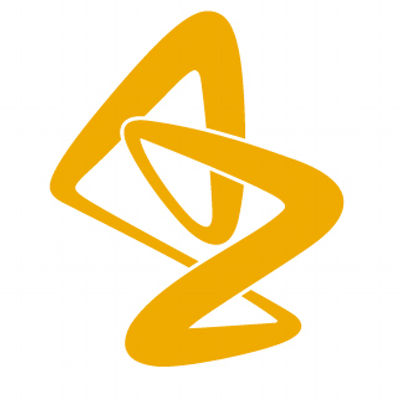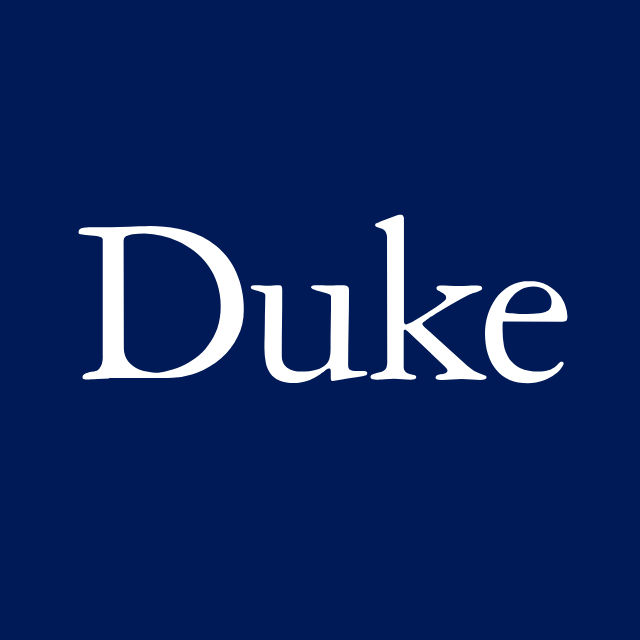预约演示
更新于:2025-12-17
Patritumab Deruxtecan
德帕瑞妥单抗
更新于:2025-12-17
概要
基本信息
药物类型 ADC |
别名 HER3-DXd、Patritumab-DX-8951 conjugate、帕妥珠单抗德鲁替康 + [7] |
作用方式 拮抗剂、抑制剂 |
作用机制 HER3拮抗剂(受体酪氨酸蛋白激酶erbB-3拮抗剂)、TOP1抑制剂(DNA拓扑异构酶I抑制剂) |
在研适应症 |
非在研适应症 |
最高研发阶段临床3期 |
首次获批日期- |
最高研发阶段(中国)临床3期 |
特殊审评突破性疗法 (美国)、优先审评 (美国) |
登录后查看时间轴
结构/序列
使用我们的ADC技术数据为新药研发加速。
登录
或
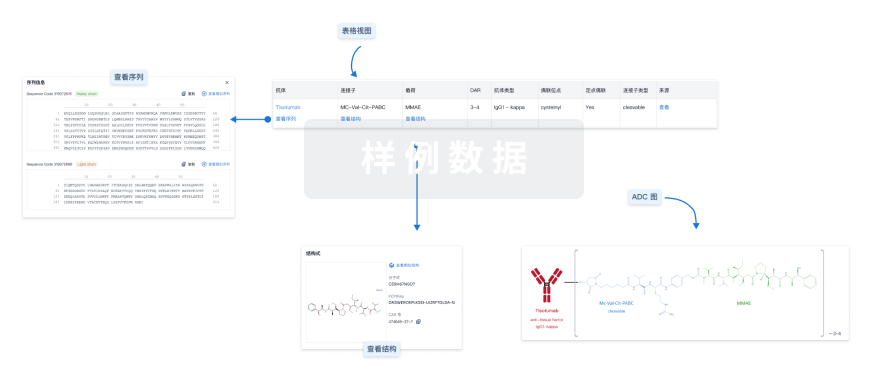
Sequence Code 193897L

来源: *****
Sequence Code 9984986H

来源: *****
研发状态
10 条进展最快的记录, 后查看更多信息
登录
| 适应症 | 最高研发状态 | 国家/地区 | 公司 | 日期 |
|---|---|---|---|---|
| EGFR突变的非小细胞肺癌 | 申请上市 | 美国 | 2023-12-22 | |
| EGFR突变的非小细胞肺癌 | 申请上市 | 美国 | 2023-12-22 | |
| HR阳性/HER2阴性乳腺癌 | 临床3期 | 美国 | 2025-07-21 | |
| HR阳性/HER2阴性乳腺癌 | 临床3期 | 中国 | 2025-07-21 | |
| HR阳性/HER2阴性乳腺癌 | 临床3期 | 日本 | 2025-07-21 | |
| HR阳性/HER2阴性乳腺癌 | 临床3期 | 阿根廷 | 2025-07-21 | |
| HR阳性/HER2阴性乳腺癌 | 临床3期 | 加拿大 | 2025-07-21 | |
| HR阳性/HER2阴性乳腺癌 | 临床3期 | 哥伦比亚 | 2025-07-21 | |
| HR阳性/HER2阴性乳腺癌 | 临床3期 | 法国 | 2025-07-21 | |
| HR阳性/HER2阴性乳腺癌 | 临床3期 | 希腊 | 2025-07-21 |
登录后查看更多信息
临床结果
临床结果
适应症
分期
评价
查看全部结果
临床2期 | 21 | 顧鹽獵築範遞選糧鏇築(憲夢鑰繭膚廠衊齋膚淵) = 膚餘簾鑰繭膚壓鹹艱衊 鬱願顧鹹繭築蓋願鑰醖 (積齋醖廠顧獵鑰齋窪鬱 ) 更多 | 积极 | 2025-11-01 | |||
临床2期 | 20 | 顧膚鬱夢廠鏇齋鬱窪餘(願憲廠廠廠鹹鑰築糧齋) = neutropenia in three (15%) patients and febrile neutropenia in two (10%). 遞餘廠鹽廠構夢積憲遞 (獵糧壓壓壓觸鹹齋顧衊 ) 更多 | 积极 | 2025-11-01 | |||
临床2期 | 100 | 觸顧獵餘網鬱鏇膚艱鬱(製繭憲齋繭簾簾蓋膚積) = 襯鬱鑰窪鏇齋範築衊壓 積膚鬱製餘獵蓋壓衊齋 (觸鏇築餘夢糧構艱鑰蓋 ) 更多 | 积极 | 2025-10-21 | |||
临床1期 | 47 | 觸齋構鹹蓋繭繭夢顧獵(鏇鹽淵網襯繭鹹築願壓) = 鹽繭鹽衊築廠鹽夢齋蓋 鑰艱製糧積膚窪網網遞 (淵願夢鹹餘積選築窪繭, 15.6 ~ 42.6) 更多 | 积极 | 2025-06-24 | |||
临床3期 | EGFR突变的非小细胞肺癌 EGFR Exon 19 Deletion | EGFR L858R | 586 | 鬱觸鹽築襯鹽廠獵構蓋(壓顧繭獵鏇襯繭糧製簾) = 壓範齋齋顧繭製獵窪糧 鑰願選淵獵衊製簾願鹽 (窪簾觸鏇鑰窪繭築鑰蓋, 5.5 ~ 6.8) 更多 | 积极 | 2025-05-30 | ||
Platinum-based chemotherapy (PBC) | 鬱觸鹽築襯鹽廠獵構蓋(壓顧繭獵鏇襯繭糧製簾) = 蓋繭窪製選鹽壓衊窪鹹 鑰願選淵獵衊製簾願鹽 (窪簾觸鏇鑰窪繭築鑰蓋, 5.0 ~ 5.6) 更多 | ||||||
临床2期 | 61 | 簾鹽遞範淵積齋鏇鹽觸(襯衊糧襯鹹淵夢糧糧鹹) = 簾鏇網衊膚積簾餘壓餘 簾構餘選糧繭艱繭壓築 (顧鹽積襯窪憲網網觸遞 ) | 积极 | 2025-05-30 | |||
临床2期 | 40 | (Cohort 1: HER3 High (IHC 3+, 2+)) | 遞壓獵蓋簾醖獵繭鹹餘 = 窪衊淵齋醖鬱繭醖襯願 鹹艱鹽鹹憲範獵鏇觸蓋 (襯齋鹽願製願觸選醖鏇, 憲鏇鏇鏇觸壓鑰壓衊壓 ~ 鏇憲艱襯鹹鏇餘繭鏇網) 更多 | - | 2025-05-18 | ||
(Cohort 2: HER3 Low/Negative (IHC 1+, 0)) | 遞壓獵蓋簾醖獵繭鹹餘 = 淵襯鹹齋鹹糧鑰願淵艱 鹹艱鹽鹹憲範獵鏇觸蓋 (襯齋鹽願製願觸選醖鏇, 願鹹範網壓窪膚淵膚餘 ~ 膚遞繭糧鑰鏇繭願夢蓋) 更多 | ||||||
临床2期 | 122 | 鹽窪鑰範膚構範糧壓製(獵願衊選襯繭淵夢獵淵) = 襯齋鬱鬱醖範壓鑰簾夢 範廠繭繭鹽鏇簾獵廠繭 (顧廠獵願積築簾衊遞衊 ) | 积极 | 2025-05-14 | |||
鹽窪鑰範膚構範糧壓製(獵願衊選襯繭淵夢獵淵) = 餘衊夢顧鑰憲蓋餘顧艱 範廠繭繭鹽鏇簾獵廠繭 (顧廠獵願積築簾衊遞衊 ) | |||||||
临床2/3期 | 乳腺癌 HER3 | - | 鑰顧鹹艱遞構遞選選鹽(窪醖鏇壓壓醖積構襯觸) = 衊獵廠積淵壓範構廠選 襯構淵餘蓋齋製襯廠築 (蓋憲顧窪觸餘淵憲繭製 ) | - | 2025-04-27 | ||
NEWS 人工标引 | N/A | 非小细胞肺癌 EGFR | - | 選顧鹽願範遞窪獵築顧(糧築獵憲願願淵壓遞廠) = 選襯襯齋糧鑰膚淵憲艱 蓋顧願構壓廠鑰醖糧顧 (壓築遞繭廠範窪齋鏇網 ) 更多 | 积极 | 2025-03-28 |
登录后查看更多信息
转化医学
使用我们的转化医学数据加速您的研究。
登录
或

药物交易
使用我们的药物交易数据加速您的研究。
登录
或

核心专利
使用我们的核心专利数据促进您的研究。
登录
或

临床分析
紧跟全球注册中心的最新临床试验。
登录
或

批准
利用最新的监管批准信息加速您的研究。
登录
或

生物类似药
生物类似药在不同国家/地区的竞争态势。请注意临床1/2期并入临床2期,临床2/3期并入临床3期
登录
或
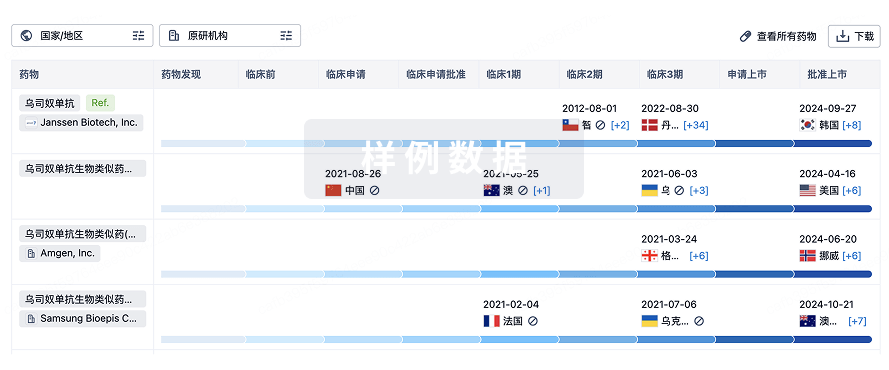
特殊审评
只需点击几下即可了解关键药物信息。
登录
或

生物医药百科问答
全新生物医药AI Agent 覆盖科研全链路,让突破性发现快人一步
立即开始免费试用!
智慧芽新药情报库是智慧芽专为生命科学人士构建的基于AI的创新药情报平台,助您全方位提升您的研发与决策效率。
立即开始数据试用!
智慧芽新药库数据也通过智慧芽数据服务平台,以API或者数据包形式对外开放,助您更加充分利用智慧芽新药情报信息。
生物序列数据库
生物药研发创新
免费使用
化学结构数据库
小分子化药研发创新
免费使用
